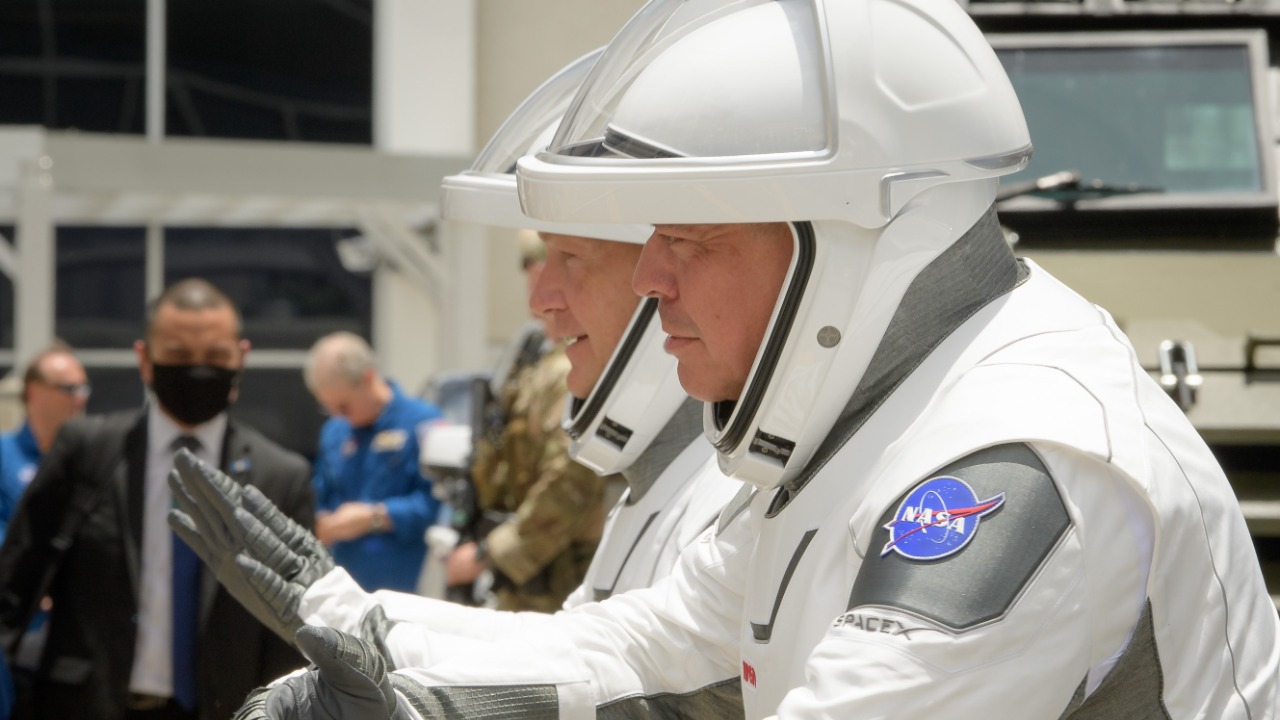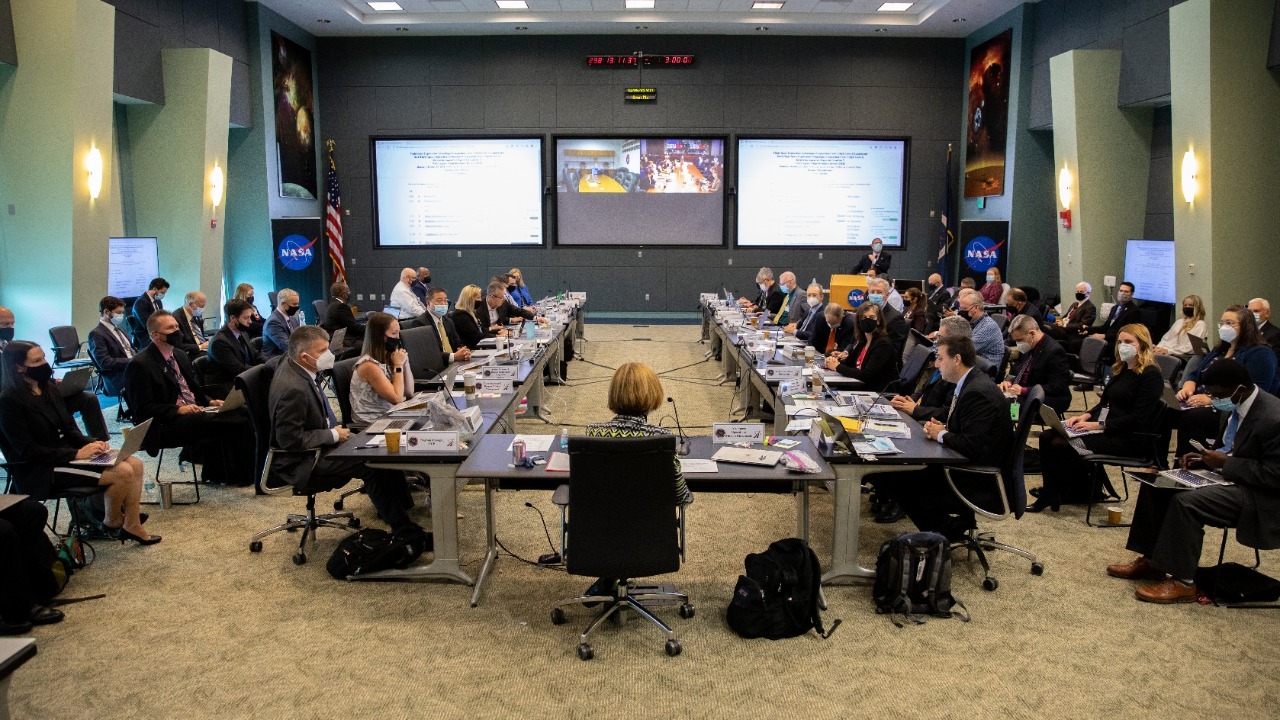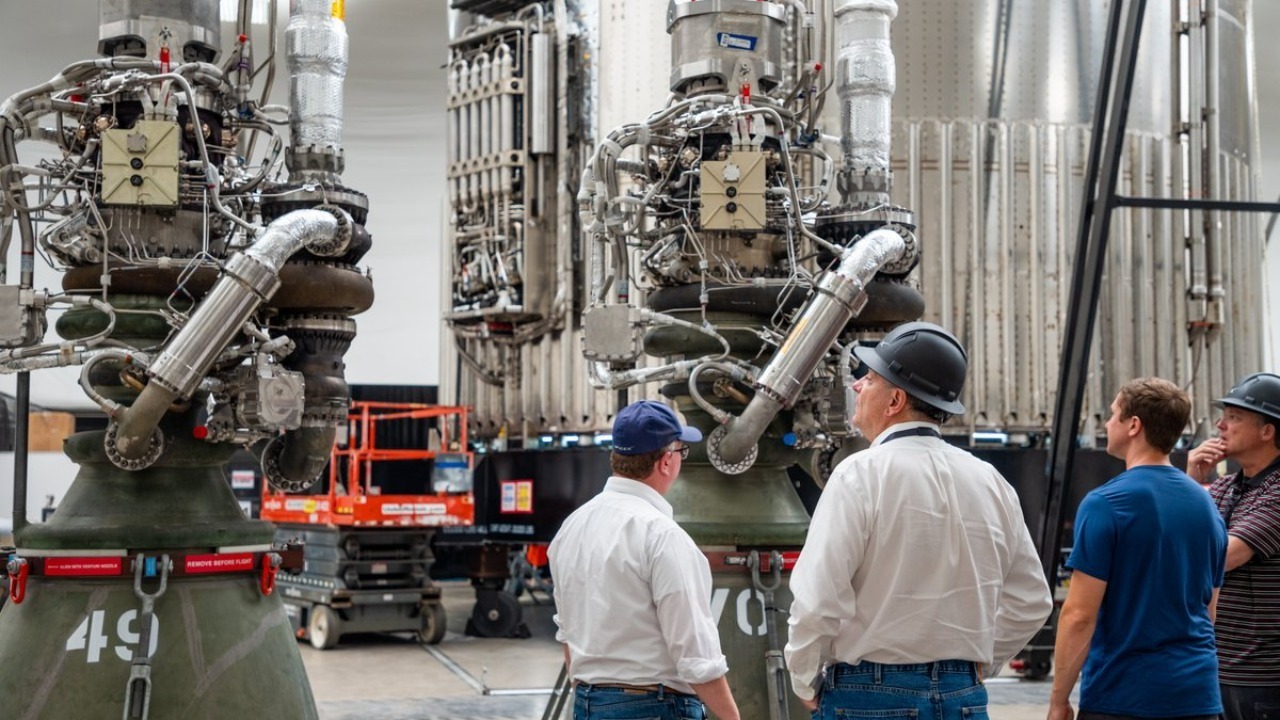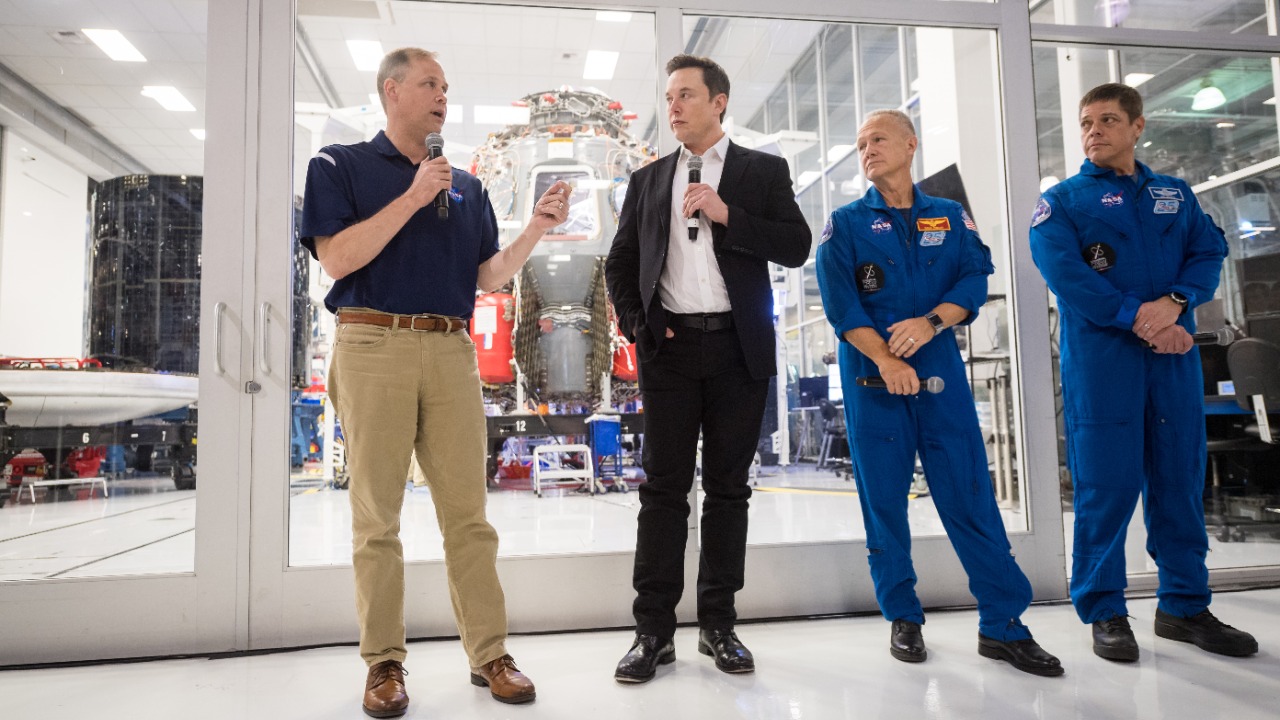
NASA and SpaceX are collaborating on an ambitious mission to send humans to an asteroid, marking a significant step forward in human space exploration. This mission aims to advance our scientific understanding of these celestial bodies while serving as a crucial stepping stone for future manned missions to Mars and beyond.
The Vision and Objectives

Exploration Goals
Sending humans to an asteroid offers numerous scientific and exploratory objectives. By studying the composition of these space rocks, scientists hope to gain insights into the early solar system’s formation and evolution. Asteroids are considered time capsules that contain primordial material from the era when planets were forming. Analyzing their structure and composition could significantly enhance our understanding of planetary sciences.
Moreover, asteroids could harbor valuable resources, such as water and rare metals, that might be mined for use in space exploration or even on Earth. Assessing these resources will help determine the economic feasibility of asteroid mining, potentially transforming our approach to resource acquisition in space.
Strategic Importance
The mission to an asteroid serves as a precursor to future deep-space missions, particularly to Mars. It acts as a testing ground for new technologies, such as advanced propulsion systems and life-support mechanisms, which are essential for long-duration space travel. By confronting the challenges of sending humans deeper into space, NASA and SpaceX aim to refine their strategies and technologies in preparation for the more demanding journey to the Red Planet.
This mission also provides an opportunity to test human capabilities in space. The psychological and physiological effects of extended space travel are still not fully understood, and an asteroid mission will offer valuable data that can inform astronaut training and mission planning for future endeavors.
Partnership Synergy
NASA and SpaceX bring complementary strengths to this venture. NASA’s extensive experience in space missions and its commitment to advancing human spaceflight are key drivers of this initiative. Meanwhile, SpaceX contributes its innovative approach and cutting-edge technologies, including its Starship spacecraft, which is designed for long-duration journeys. This collaboration exemplifies a shared vision for the future of space exploration, where public and private sectors unite to push the boundaries of what is possible.
Technological Innovations

Spacecraft Design and Development
Advancements in spacecraft technology are critical for the success of the asteroid mission. The design of crewed spacecraft and landing modules must account for the unique challenges posed by an asteroid’s low gravity and lack of atmosphere. SpaceX’s Starship, with its versatility and reusability, is a prime candidate for this mission, offering the necessary capabilities for landing on and taking off from an asteroid’s surface.
In addition to the spacecraft itself, the development of landing modules capable of navigating the asteroid’s terrain is essential. These modules must be equipped with advanced navigation systems and robotic arms for sample collection, enabling astronauts to conduct scientific research during their stay.
Propulsion Systems
Efficient propulsion systems are vital for the journey to and from the asteroid. Innovations in rocket technology, such as SpaceX’s Raptor engines, are being developed to provide the necessary thrust and fuel efficiency for long-duration missions. These engines utilize liquid methane and liquid oxygen, which not only offer high performance but can also be produced on Mars, aligning with the long-term goal of establishing a presence on the Red Planet.
Moreover, NASA is exploring nuclear thermal propulsion as a potential solution for deep-space travel. This technology promises faster travel times and greater fuel efficiency, reducing the overall mission duration and improving the safety and comfort of crew members.
Life Support and Safety
Ensuring the well-being of astronauts during the mission is a top priority. Life support systems must be capable of providing a stable supply of air, water, and food, while also managing waste and maintaining a comfortable habitat. Advances in closed-loop life support systems are being explored to achieve these objectives, reducing the need for resupply missions and enabling longer stays in space.
Safety measures are equally important, with rigorous testing protocols in place to address potential hazards. From radiation protection to emergency evacuation procedures, every aspect of astronaut safety is being meticulously planned to ensure a successful mission.
Mission Timeline and Challenges

Phases of the Mission
The proposed timeline for the mission involves several key phases, starting with the launch and travel to the asteroid. Once in orbit, the spacecraft will perform a series of maneuvers to approach and land on the asteroid’s surface. The duration of the stay will depend on the mission’s objectives, with astronauts conducting research and collecting samples before returning to Earth.
Each phase presents its own set of challenges, from navigating the vast expanse of space to executing a precise landing on an irregularly shaped body. Careful coordination and planning are essential to ensure the mission’s success, with contingency plans in place for unforeseen circumstances.
Technical and Logistical Challenges
Planning and executing a mission to an asteroid involves numerous technical and logistical challenges. Deep-space navigation requires precise calculations and constant monitoring to ensure the spacecraft remains on course. Additionally, the limited window for launch and return necessitates careful timing and coordination to avoid delays.
Crew safety is another critical concern, with measures in place to address potential risks such as radiation exposure, equipment failure, and health emergencies. Providing astronauts with the tools and training to handle these situations is paramount to mission success.
Risk Management Strategies
To mitigate the risks associated with the mission, a comprehensive risk management strategy is being implemented. This includes rigorous testing of all systems and components, from spacecraft design to life support mechanisms, to identify and address potential vulnerabilities.
Contingency plans are also in place to address emergencies, with backup systems and procedures designed to ensure the safety of the crew. These strategies are informed by past missions and ongoing research, providing a robust framework for managing the complexities of deep-space travel.
Implications for Future Space Exploration

Learning from the Mission
The insights gained from the asteroid mission could have far-reaching implications for future space exploration. By testing new technologies and refining human factors, NASA and SpaceX aim to build a foundation for more ambitious missions. The data collected will inform the design of future spacecraft and habitats, enhancing our ability to explore the solar system.
Additionally, the mission will provide valuable lessons in resource utilization and sustainability, offering a blueprint for future efforts to mine asteroids and other celestial bodies. This knowledge will be crucial as we seek to establish a sustainable presence in space.
Pathway to Mars
The success of the asteroid mission is a critical step toward future missions to Mars. By demonstrating our ability to travel to and operate in deep space, we pave the way for manned missions to the Red Planet. The technologies and strategies developed for the asteroid mission will be directly applicable to Mars exploration, providing a solid foundation for long-duration space travel.
Moreover, the experience gained from this mission will help us address the unique challenges of Mars, from its harsh environment to the psychological and physiological demands of extended space travel. As we continue to